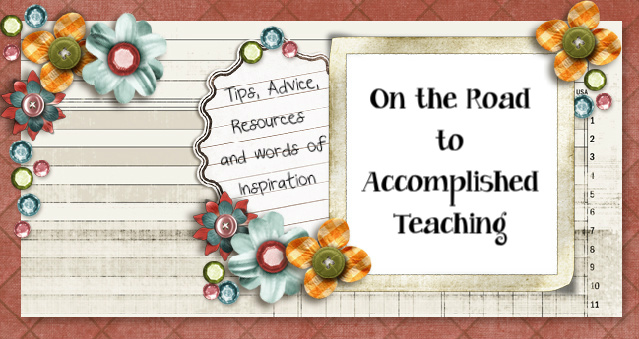 |
| Gallery walks turn your classroom into an educational showcase! |
What is a gallery walk?
A gallery walk is a way to showcase student work in the classroom. Student work is posted around the room so that everyone can see what has been accomplished.
How does it work?
- Student groups complete an activity with a presentable result (poster, diagram, diorama, storyboard, etc.) that can be understood without verbal explanation.
- These finished exhibits are posted around the room (with adequate room between them) after all groups have finished their work.
- Once these exhibits are posted, the teacher discusses the parameters of viewing (behavior norms: such as "no running or talking," and viewing norms: such as "see - don't touch,"
- You establish a timeline for each stop and give an audible signal for group movement to each exhibit.
- Each group moves as a unit and visits each product in order. (You circulate to encourage on task performance)
- You may want groups to complete a review card/rubric for each product they see.
- Discuss the exhibits as a whole afterwards, and have groups share the highlights of what they saw.
Why should we use this strategy?
- Students take pride in producing quality work when they know it will be displayed to others.
- The exhibits provide students with ideas of how to present their own work.
- The walk gets students out of their seats, with a purpose.
- This strategy enhances the class-building environment, as students share what they can do.
Is this something that you could use in your classroom?
Queen Bee

